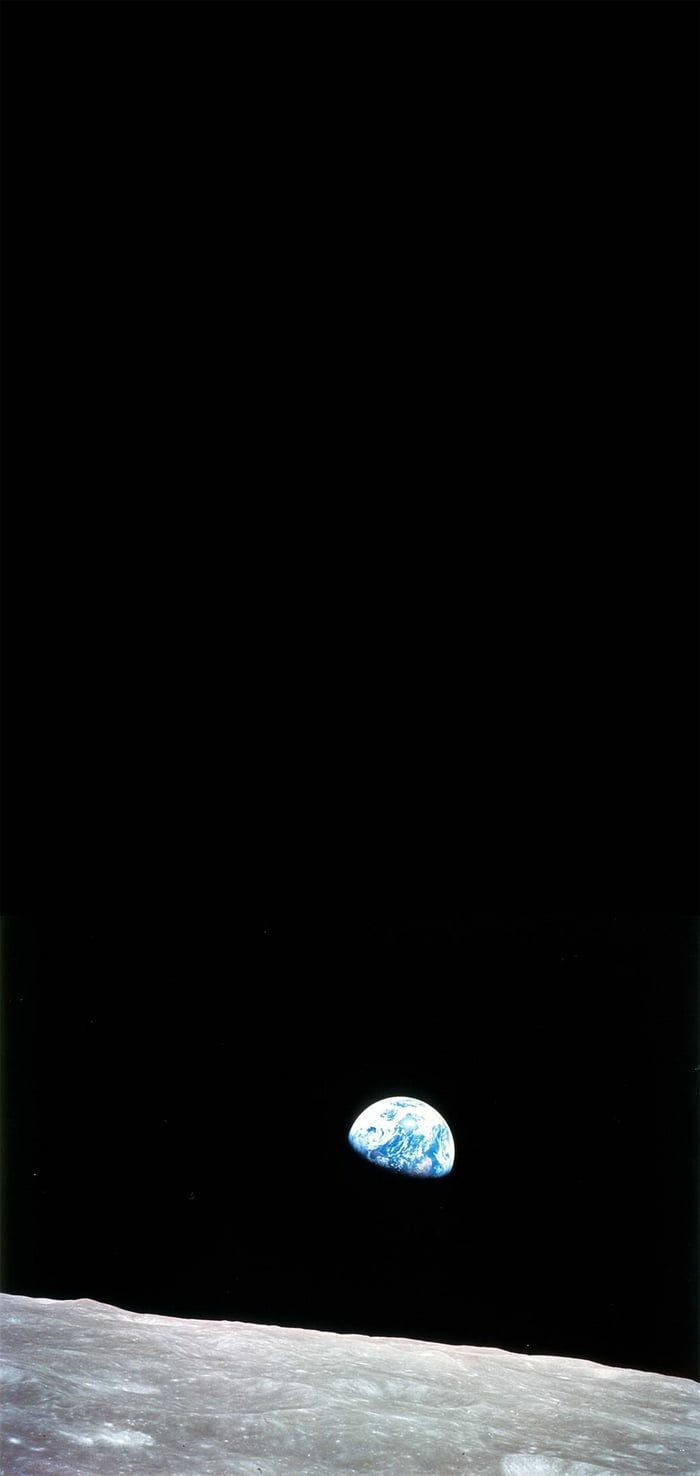While Appearing As A Delicate And Light Veil Draped Across The Sky, This Image From TheNASA/ESA Hubble

While appearing as a delicate and light veil draped across the sky, this image from the NASA/ESA Hubble Space Telescope actually depicts a small section of the Cygnus supernova blast wave, located around 2,400 light-years away. The name of the supernova remnant comes from its position in the northern constellation of Cygnus (the Swan), where it covers an area 36 times larger than the full Moon.
Image Credit: NASA/ESA Hubble Space Telescope
-
 arteesticpleasures22 liked this · 3 years ago
arteesticpleasures22 liked this · 3 years ago -
 askvekullerr liked this · 3 years ago
askvekullerr liked this · 3 years ago -
 batchewana liked this · 4 years ago
batchewana liked this · 4 years ago -
 livingcorpsesstuff reblogged this · 4 years ago
livingcorpsesstuff reblogged this · 4 years ago -
 livingcorpsesstuff liked this · 4 years ago
livingcorpsesstuff liked this · 4 years ago -
 ashe28 liked this · 4 years ago
ashe28 liked this · 4 years ago -
 rage-r liked this · 4 years ago
rage-r liked this · 4 years ago -
 themanwhoshowerswithhoneysoap liked this · 4 years ago
themanwhoshowerswithhoneysoap liked this · 4 years ago -
 brokahontass-blog liked this · 4 years ago
brokahontass-blog liked this · 4 years ago -
 atomicrebelmugfriend liked this · 4 years ago
atomicrebelmugfriend liked this · 4 years ago -
 itwasbeautykilledthebeast liked this · 4 years ago
itwasbeautykilledthebeast liked this · 4 years ago -
 kratossuvarious reblogged this · 4 years ago
kratossuvarious reblogged this · 4 years ago -
 evilsteve liked this · 4 years ago
evilsteve liked this · 4 years ago -
 wanderingprince reblogged this · 4 years ago
wanderingprince reblogged this · 4 years ago -
 wanderingprince liked this · 4 years ago
wanderingprince liked this · 4 years ago -
 inceptionleo liked this · 4 years ago
inceptionleo liked this · 4 years ago -
 xlifexinxcolorx liked this · 4 years ago
xlifexinxcolorx liked this · 4 years ago -
 aquarius888 liked this · 4 years ago
aquarius888 liked this · 4 years ago -
 frosted-ashes liked this · 4 years ago
frosted-ashes liked this · 4 years ago -
 dogtagwindchimes reblogged this · 4 years ago
dogtagwindchimes reblogged this · 4 years ago -
 paopubell liked this · 4 years ago
paopubell liked this · 4 years ago -
 unlikelycat reblogged this · 4 years ago
unlikelycat reblogged this · 4 years ago -
 unlikelycat liked this · 4 years ago
unlikelycat liked this · 4 years ago -
 baronesscmd reblogged this · 4 years ago
baronesscmd reblogged this · 4 years ago -
 baronesscmd liked this · 4 years ago
baronesscmd liked this · 4 years ago -
 paopu-moo reblogged this · 4 years ago
paopu-moo reblogged this · 4 years ago -
 krispyt liked this · 4 years ago
krispyt liked this · 4 years ago -
 wyverewings liked this · 4 years ago
wyverewings liked this · 4 years ago -
 megggggann liked this · 4 years ago
megggggann liked this · 4 years ago -
 reticent-hush liked this · 4 years ago
reticent-hush liked this · 4 years ago -
 milkteamoon reblogged this · 4 years ago
milkteamoon reblogged this · 4 years ago -
 milkteamoon liked this · 4 years ago
milkteamoon liked this · 4 years ago -
 hophopsprings reblogged this · 4 years ago
hophopsprings reblogged this · 4 years ago -
 hophopsprings liked this · 4 years ago
hophopsprings liked this · 4 years ago -
 fjolset liked this · 4 years ago
fjolset liked this · 4 years ago -
 the-gotheltic-rowan reblogged this · 4 years ago
the-gotheltic-rowan reblogged this · 4 years ago -
 amannamedcolton reblogged this · 4 years ago
amannamedcolton reblogged this · 4 years ago -
 amannamedcolton liked this · 4 years ago
amannamedcolton liked this · 4 years ago -
 imranhirasworld-blog liked this · 4 years ago
imranhirasworld-blog liked this · 4 years ago -
 daj3w reblogged this · 4 years ago
daj3w reblogged this · 4 years ago -
 daj3w liked this · 4 years ago
daj3w liked this · 4 years ago -
 blu3djeans reblogged this · 4 years ago
blu3djeans reblogged this · 4 years ago
More Posts from Spacenik

Mars as seen from Hubble, snapped on April 27th through May 6th, 1999.
Image Credit : NASA COMMONS
guys check it out, im trying out youtube for the first time as a creator, please show me some love <3

Earthrise, Bill Anders, 1968.

The "ice giants" Uranus and Neptune appear to glow red-orange in new photos taken using Hawaii's Keck Observatory. The pictures show Uranus' rings and several moons, as well as Neptune's largest moon, Triton.
credits : livescience.com

Utopia on Mars Image Credit: NASA, The Viking Project, M. Dale-Bannister (Washington University)
Explanation: Expansive Utopia Planitia on Mars is strewn with rocks and boulders in this 1976 image. Constructed from the Viking 2 lander's color and black and white image data, the scene approximates the appearance of the high northern martian plain to the human eye - NASA
